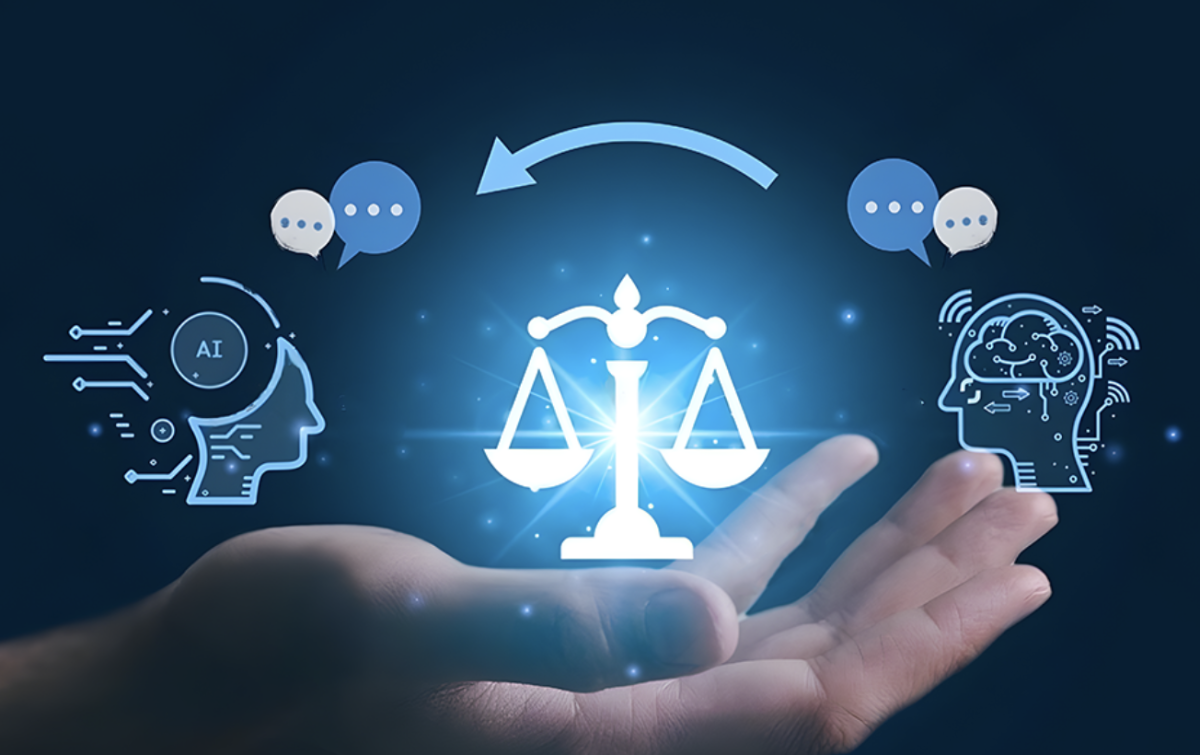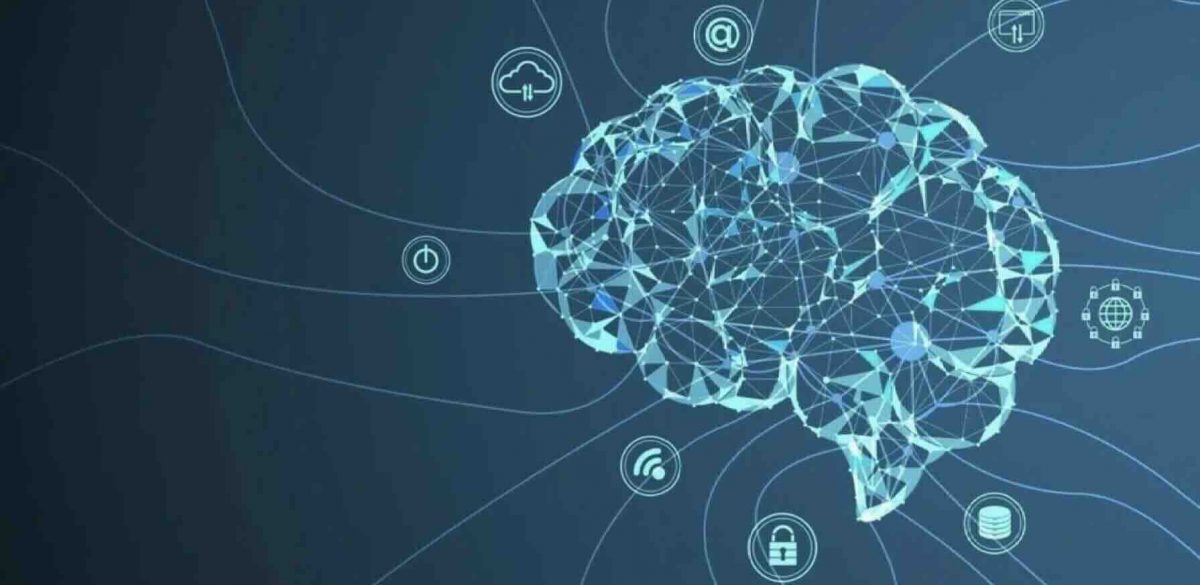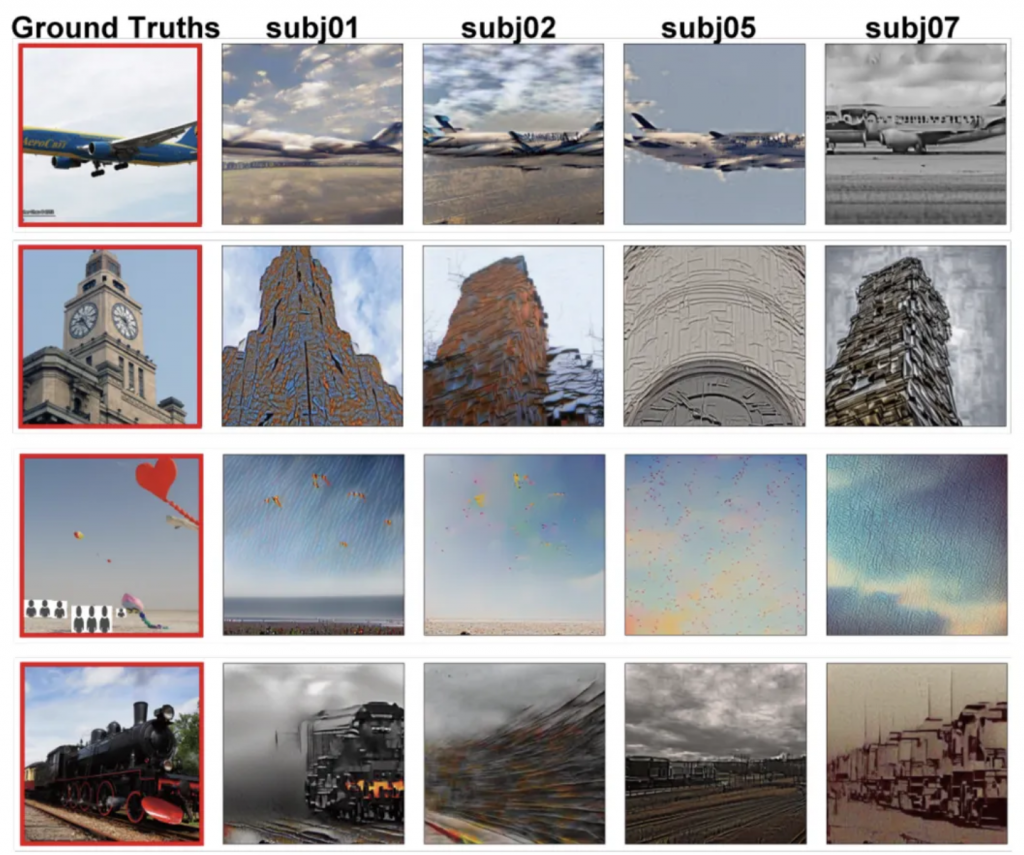Jurisdictional occupations, especially referencing lawyers and attorneys, belong to those with the most intense reading and writing efforts during preparation. Hence, the potential of using generative AI in the jurisdictional branch is huge. For different parts of a lawyer’s occupation, generative AI is in use already, ranging from analyzing contracts or documents to actual chatbots being trained for jurisdictional contents.1 Knowing of this huge potential, I also used generative AI when I worked at a lawyer’s office. Automating specific activities saved me a lot of time. At the start of my occupation, no specified tool for jurisdictional exercises was available, leaving me to use ChatGPT. The chatbot was especially useful for receiving a quick overview of long documents, writing drafts for counter-statements, as well as for researching cases. However, problems with the usage of ChatGPT were soon to be obvious.
On the one hand, AI chatbots don’t understand what they are being fed or what they produce. Generative AI solely produces a word depending on probabilities, which are generated based on patterns of training-sentences.2 Even though that mechanism works well for a variety of tasks, errors can and will occur, especially when sentences become long and complex. This risk further increases, if the model itself was not solely trained on data related to the task. This didn’t only lead to unintelligible information, but also to fully imaginary outputs.3 On the other hand, a lot of jurisdictional issues arose. Firstly, privacy issues are one of the biggest concerns, especially as ChatGPT already exhibited a data leakage scandal.4 Secondly, in order to legally use technical support tools in jurisdictional jobs, those tools have to fulfill specific requirements given in national laws for restricting lawyers. For example, the tool must be independent from any source not being associated with the specific topic of the case, with which a lawyer deals in that moment.5
What do you think about generative AI in law? Which other problems or challenges could occur?
- Deloitte. (2023). Generative AI – A guide for corporate legal departments. Retrieved from https://www.deloitte.com/content/dam/assets-shared/docs/services/legal/2023/dttl-legal-generative-ai-guide-jun23.pdf; Legalfly. (2024). The Most Secure Legal AI Workspace. Retrieved from https://www.legalfly.ai; Harvey. (2024). The Trusted Legal AI Platform. Retrieved from https://www.harvey.ai. ↩︎
- Huang, Ken/Xing, Chunxiao. ChatGPT: Inside and impact on Business Automation. In: Huang, Ken/Wang, Yang/Zhu, Feng/Chen, Xi/Chunxiao, Xing (Hrsg.), Beyond AI. ChatGPT, Web3, and Business Landscape of Tomorrow, Cham 2023, S., S. 45 ff. ↩︎
- Spiegel Netzwelt. (2023). Anwalt blamiert sich mit Fake-Fällen aus ChatGPT. Retrieved from https://www.spiegel.de/netzwelt/apps/new-york-anwalt-blamiert-sich-mit-fake-urteilen-aus-chatgpt-a-8935d1c8-b6c2-4079-8ecd-1cf4c2d33259. ↩︎
- Mudaliar, Anuj. (2024). ChatGPT Leaks Sensitive User Data, OpenAI Suspects Hack. Retrieved from https://www.spiceworks.com/tech/artificial-intelligence/news/chatgpt-leaks-sensitive-user-data-openai-suspects-hack/. ↩︎
- Schweizerische Eidgenossenschaft. (2024). Federal Act on the Free Movement of Lawyers. Art. 12. Retrieved from https://www.fedlex.admin.ch/eli/cc/2002/153/en. ↩︎



